Celtic Head Hunting?
Although scholars debate the exact meaning and depth of the so-called “Head cult” of the Celtic peoples, it is said that the desecration of bodies by the taking of heads was a practice that outraged Classical writers. According the the first century historian Diodorus Siculus:
“They (The Celts) cut off the heads of enemies slain in battle and attach them to the necks of their horses. The blood-stained spoils they hand over to their attendants and striking up a paean and singing a song of victory; and they nail up these first fruits upon their houses, just as do those who lay low wild animals in certain kinds of hunting. They embalm in cedar oil the heads of the most distinguished enemies, and preserve them carefully in a chest, and display them with pride to strangers, saying that for this head one of their ancestors, or his father, or the man himself, refused the offer of a large sum of money. They say that some of them boast that they refused the weight of the head in gold.“
While we should take this with a grain of salt since it was written about “barbarians” by “civilized” the peoples who invaded them, there is statuary evidence that would seem to confirm there was some form of veneration of the human head. One example is the “shrine” which was found at Roquepertuse, near the mouth of the Rhone River. It consists of five steps leading up to three stone pillars with niches carved into them for holding heads, or skulls:
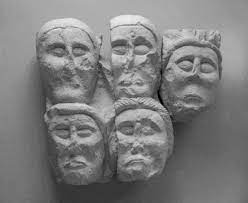
Or the various artworks and other sculptures that scholars describe as representing severed heads
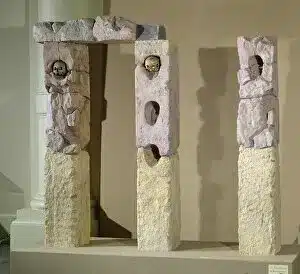
The taking of heads on a battlefield could have concrete purposes such as providing proof of a warrior’s courage, and prowess on the field, not to mention the psychological aspect it might have on the enemy. In Irish legend it is said that the severed heads of enemies are “Macha’s acorns.” Macha being one of the aspects of three aspects of the Irish war goddess, the Morrigan.
As for the religious aspects, scholars have speculated that the Celts may have seen the head as the home of the soul, therefore the severed head, might have been seen as retaining some life or power of its own, or some power over their enemies.
Whatever the true meaning of the “head cult” of the Celtic peoples some of its influence seems to have come down to us in legend and myth as well. A Welsh legend tells the story of Bran the Blessed, who as he lay dying on the battlefield, he orders his men to take his head and carry it with them, and they live happily as Bran’s guests in the otherworld for seven years. There is also the head cutting “game” in the story of Sir Gawain and the Green Knight.
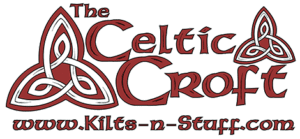
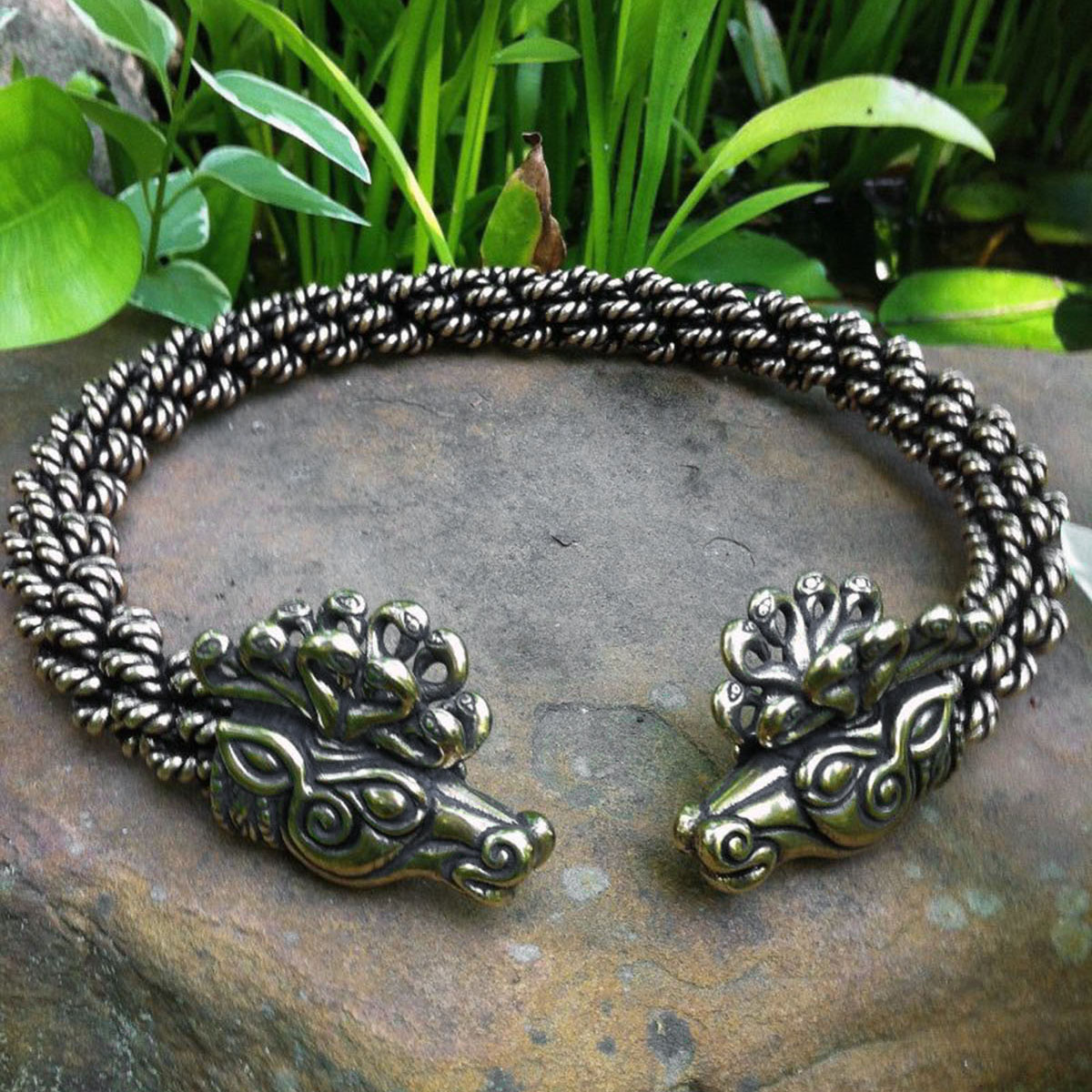
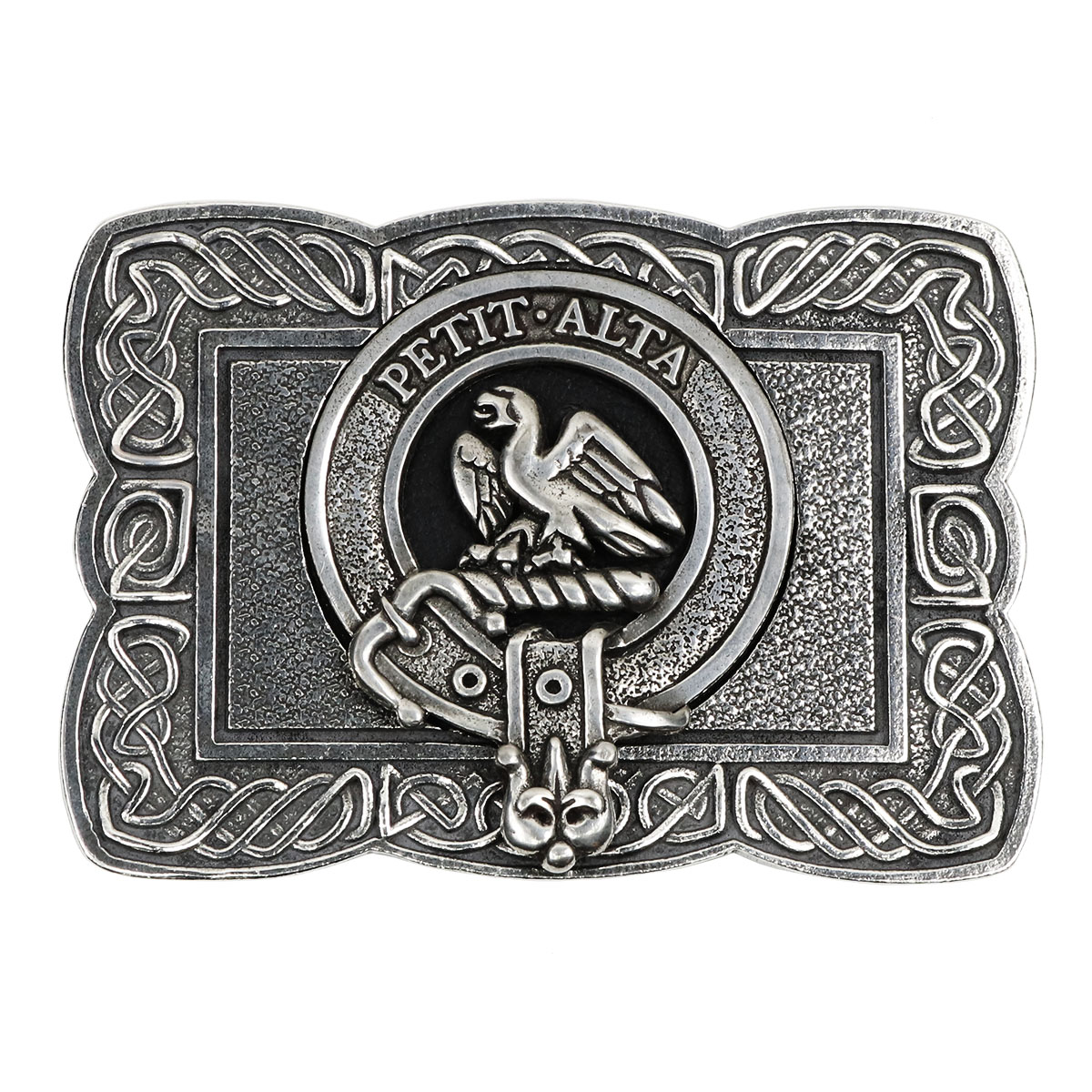
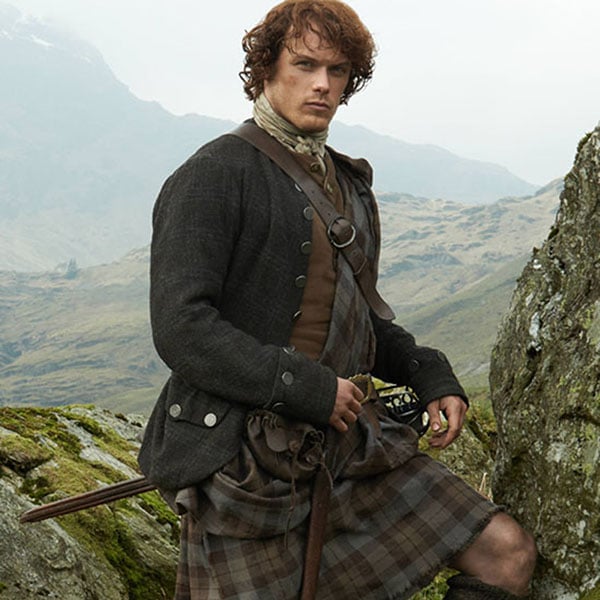
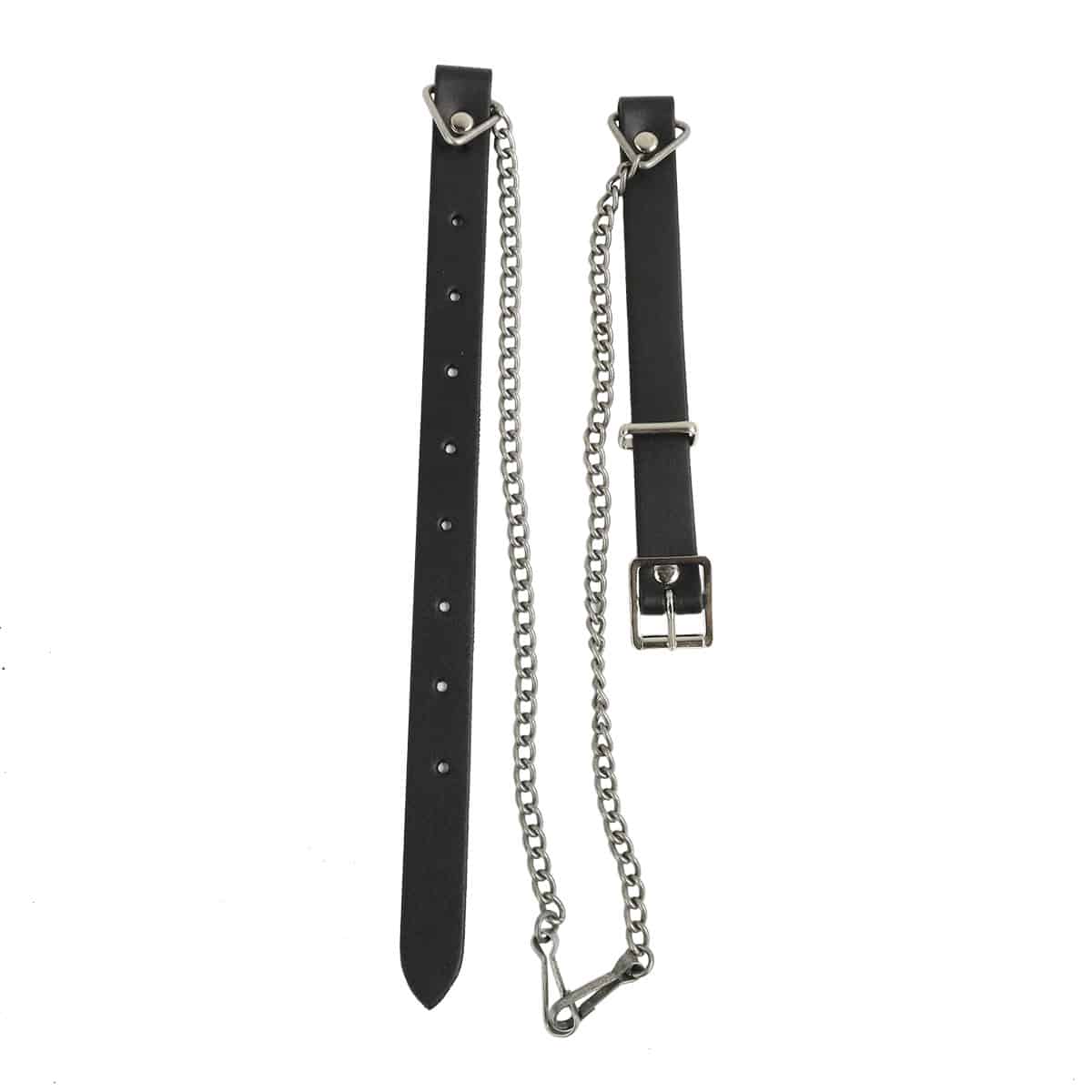
1 Comment. Leave new
[…] The ancient Celts took boasting of their conquests to an extreme: They hung the severed heads of their victims around the necks of horses to parade the gory trophies around. And now, archaeologists have found the macabre evidence — embalmed, severed heads dating back more than 2,000 years in France. Read More. We’ve also touched on the subject of head hunting in the newsletter. […]